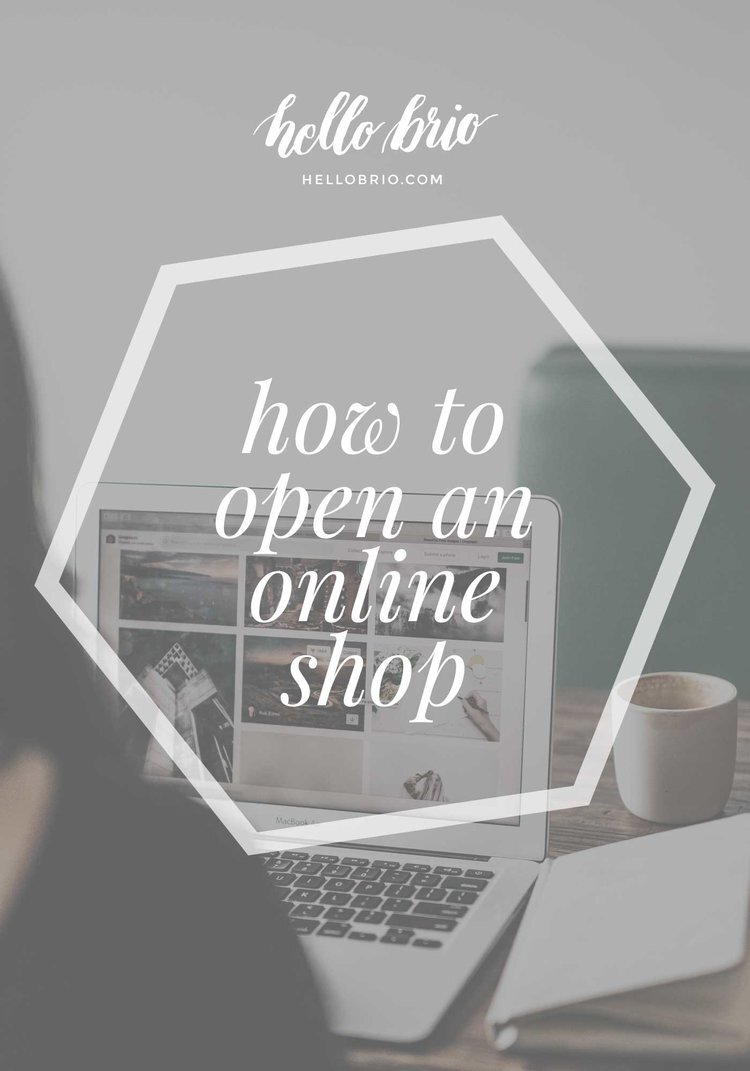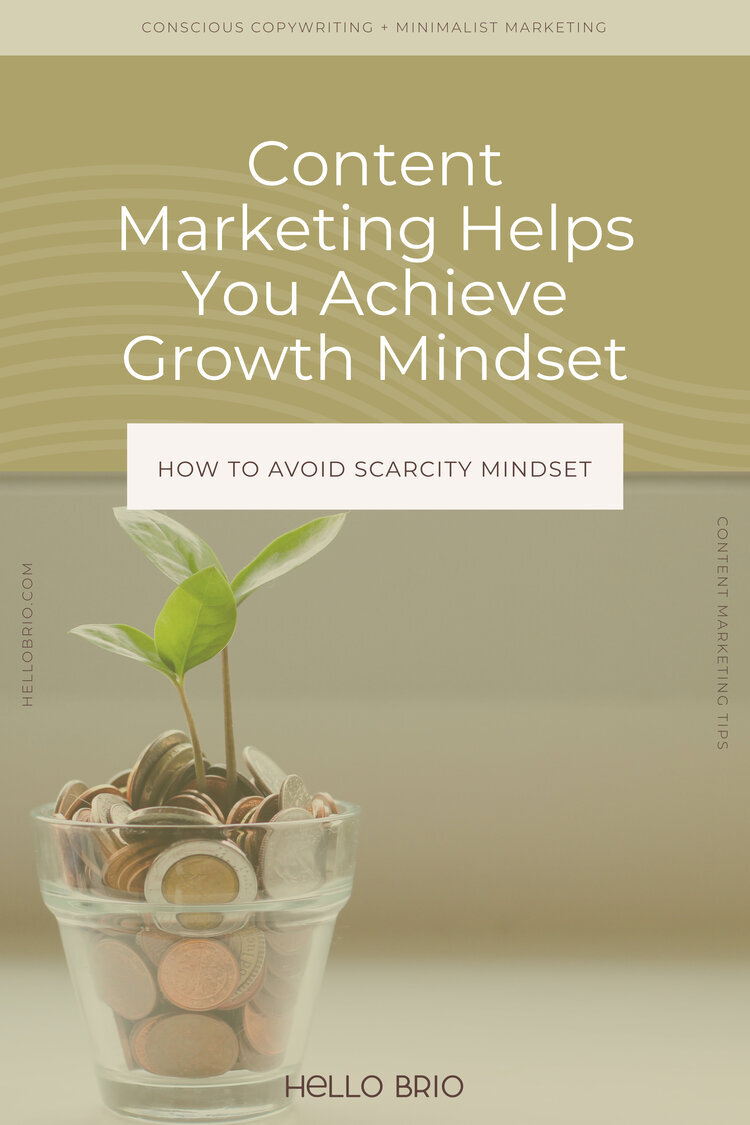How to open an online shop
Have you thought about opening an online shop to sell handmade products? In this guest post, my dear friend Chrystina talks about her recent experience diving in and opening an online greeting card shop. She'll walk you through the business and marketing aspects as well as help you think critically through some parts that can be overlooked. Enjoy!
Pin for later
I’ve wanted to own a greeting card shop since I was 15-years-old. I’ve always been a crafter, but it started out in scrapbooking. Once I became completely overwhelmed with scrapbooking, I ended up with a lot of supplies that I realized could be used to make greeting cards. I fell in love with designing cards for people including cards with inside jokes, cards to fit personalities, and cards to commemorate special (but atypical) situations. I couldn’t get enough of it.
Then I went to college, graduated with a degree in architectural engineering (long story), and got a job as a construction consultant. It was around then that I realized how far away I was from my greeting card shop dreams. That’s when I started my blog, Chrystina Noel.
It became a place to share greeting cards, discuss party hosting tips (that I usually learned the hard way). For years, whenever I gave a card to someone people in the room would inevitably ask do you sell these? And the answer was always no. And every time I answered no I got sad. Three years later, I decided it was about time to do something about it.
There were two things that finally pushed me over the edge.
One - I ordered a set of postcards to use as belated birthday cards for myself. When I opened the package and showed them to my co-worker, she immediately asked (a little bit frustrated at this point) why they weren’t available for purchase anywhere. I think that’s what happens when you sit and talk about how you want to open a greeting card shop for three years in front of someone.
Two – I’ve been listening to Elise Blaha’s podcast . It’s about blogging, small business inspiration, and creativity. The amount of time I heard her say things like – nothing’s ever going to be perfect, you’ll figure it out as you go, you just need to jump in – finally clicked. It was one thing for everybody in my personal life (with no blog and no online shop) to tell me to just jump in, but it was another thing to hear it from someone who has been there, done that.
Alright, so you (finally) know you want to open a shop, now what? Here are my 9 steps to opening a shop.
Start running numbers for profit and expenses
Make sure that you can produce your product at a reasonable cost and sell it at a price capable of giving you a reasonable profit. Get as detailed as you can – take a sample product to the post office to find out how much it’s going to cost to ship, decide what packaging you are going to use, and figure out what your own hourly rate is. (Listen to this podcast for help with pricing.) If you can’t convince yourself the numbers are going to work, you might need to brainstorm your product line one more time.
Develop your shop’s products
This is an ongoing process, but in order to talk about your business, it’s easiest to have a sample or prototype. Also, if you start making and designing early, you may learn that you actually priced your product too low.
The most important part of this is to really think about what people want. For example, yes, I’m making greeting cards – and I love cards for random occasions, like promotions and thank you for the tomatoes, and yay you bought a new car; however that’s not how people think. Right off the bat people wanted to know if I had birthday cards and Christmas cards in the shop, and I didn’t really, so that’s something I am going to be stocking up on in the future.
Talk to a small business accountant
This was a big one for me. This was probably the biggest thing holding me back from starting a shop. I finally realized that all I need some help and all it was going to take was sending an email to learn more about it. I did a little bit of google and yelp searching and found an accountant in my area who works with a lot of creative businesses. I emailed her, told her what my plans were and asked her for some guidance. She helped me set up an account to pay sales tax (you need to pay quarterly taxes when you own a small business) and explained how to go about doing that. She's also going to help me out when filing my 2014 taxes.
While I still don't know anything about taxes, I feel much better knowing that I have somebody on call that can help. Not only that, but the whole thing turned out to be way more reasonably priced than I thought.
Create an email list and advertise what you’re working on
Start getting people excited about what you’re going to do. Talk about it with your friends and family, post it on your personal Facebook page, tweet about it, write a blog post about it, get your friends to write a blog post about it – put it anywhere and everywhere.
Also, most importantly, start developing a mailing list – a way to get and stay in touch with people just as excited about your new venture as you are. Yes, I put a link to the mailing list on my blog, but I also blasted out an email to everybody in my gmail contacts and everybody that I’ve ever met at my office to see if they wanted to be on the mailing list. This isn’t something I’ve ever done before (and probably won't again), but I decided the best place to start getting followers was going to be the network of people around me that I’ve worked so hard to build already.
Develop your online shop’s branding
Yes, I’m talking about developing a logo and creating a name for your venture, but I’m also talking about figuring out how to tell your story. Why is this product important to you? Why should it be important to others? It’s this story that people are going to be able to connect with.
Also, if you don't have a twitter, instagram, or pinterest account, now would be the time to sign up. On twitter you can connect with current and future customers, on instagram you can share a look at the behind-the-scenes product making, and on pinterest you can post your products once they are available in your shop as rich pins.
Take high-quality product photos
Take pictures of your products. This is something I’m not an expert on yet, but there are plenty of tutorials around the internet. And clearly, this is important because this is how potential customers are going to view (and hopefully fall in love with) your product.
Choose an e-commerce platform
There are so many options if you want to open an online store. From the very beginning I told everybody I was going to be launching an Etsy shop. Most people at this point are familiar with Etsy and it was the easiest way to explain it. About 15 days before my store launch I decided to go on Etsy and play around with building my shop so I wouldn’t feel rushed the day before launching. I got all the way through the process and then found out that I couldn’t view the shop before I launched it. As a little bit of a control freak, this gave me severe agita. Then I tried to find somebody to contact at Etsy to discuss it with and I couldn’t find a customer help email address. The only way I could figure out how to contact them was through Twitter. Never did 140 characters ever seem so small. I was stressed out, man.
It was at this point I started looking into other alternatives. I found this blog post. (Which is formatted horribly, the content is great though.)
I narrowed it down to Etsy & StorEnvy. Here was a bit of my thought process. StorEnvy doesn't charge you to post or sell your products, Etsy charges a 3.5% fee on sales and $0.20 per item you post. Etsy gives you access to the Etsy Marketplace. StorEnvy is more customizable if I ever decided I wanted to get extra crafty.
So I decided to build my entire shop again using StorEnvy just to see how it went. I got to the end of the StorEnvy design and found out that I could view the store without launching it, which made me feel more at ease. Then on top of it, when I had a question about how to set up no shipping fees for local deliveries I found an email address to contact. A nice man named Michael answered my email by greeting me warmly and providing me with a link to my answer. I emailed him back immediately feeling incredibly grateful to tell him that he had just helped me make up my mind about which platform to choose. He responded with another thoughtful email in return. For somebody who is moderately OCD and addicted to email, both of these things sold me to StorEnvy.
The only thing I'm bummed about is the lack of Etsy marketplace visibility. We'll see as time goes on if I made the right decision, and hey, I can always switch later, right?
Launch your online shop
Now, I figure I should tell you this now. This was approximately the most anticlimactic part of this entire process for me. I clicked a button and the shop opened, and then I realized my next job was waiting (and marketing and product development and better blog content creation, but none of those things had deadlines).
Once I realized how anticlimactic it was, I laughed at myself with a sigh of relief. Now that the "hard part" was over, I was going to be able to focus much more on creating new products, getting customer feedback, and making my branding more cohesive between my blog and the shop. I also launched my first newsletter using mailchimp on the day the shop opened, which is where I put a bit more of the story behind the greeting cards and was able to connect with the people on my mailing list.
—
I only launched my shop with 13 handmade cards in it, an option for custom cards, and a large batch of postcards. That was enough to make it feel like I had something to show for myself and plenty of room for growth.
In my first month so far I've gotten 7 sales, and I'm really excited to move into the holiday season. I always like to leave people with my to-do list going forward, especially with something like this because things are always changing and you're never going to have everything perfect. Here are some other things on my radar:
Figuring out the best way to keep track of inventory (especially with so many one-of-a-kind cards)
Continuing to make my branding more cohesive between my blog and shop
Creating more products (and doing it more efficiently)
Finding a local printer to work with
Doing a survey among friends and family to find out what types of products would sell best
Applying to sell my products at craft fair locally
Cover photo by Nathan Dumlao













